In the modern construction and industrial sectors, the application of insulation materials is becoming increasingly widespread, and their importance is self-evident. The primary function of insulation materials is to reduce heat transfer, thereby achieving the effect of insulation or cooling. When selecting insulation materials, the thermal conductivity has become a key reference index.
Next, the editor will introduce in detail the concept of thermal conductivity and the factors that affect it, to help everyone choose the right insulation materials.
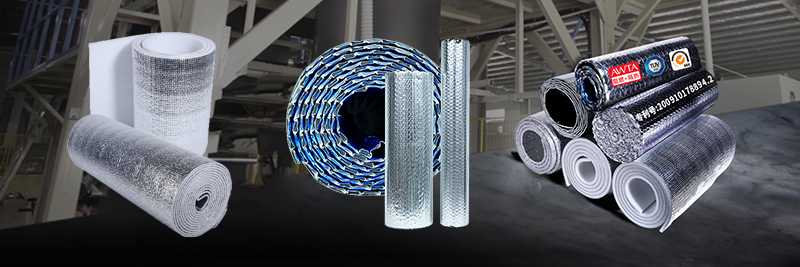
I. The Concept of Thermal Conductivity
Thermal conductivity is a physical quantity that measures the heat transfer capability of a material. It refers to the amount of heat transferred through an area of one square meter in one second under steady heat transfer conditions, with a one-meter thickness of material and a temperature difference of one degree (K or ℃) between the two surfaces.
The smaller the value of the thermal conductivity, the better the insulation performance of the material.
II. Factors Affecting Thermal Conductivity
1. Material Type
The thermal conductivity of insulation materials is closely related to their composition. Generally, the thermal conductivity of solids is greater than that of liquids, and the thermal conductivity of liquids is greater than that of gases. Therefore, the thermal conductivity of porous materials is usually lower than that of dense materials because the air in the pores has a lower heat transfer capability. The traditional rock wool has a thermal conductivity of 0.041 W/m.K, and the nano-bubble insulation material has a thermal conductivity of 0.032 W/m.K.

2. Humidity
As the moisture content of insulation materials increases, their thermal conductivity also increases accordingly. When materials become damp, liquid water replaces the original air in the micro-pores, and the thermal conductivity of water is much higher than that of air. Therefore, the thermal conductivity of moist materials is greater than that of dry materials, and the higher the moisture content, the greater the thermal conductivity. If water condenses into ice at low temperatures, due to the high thermal conductivity of ice, which reaches up to 2.2W/(m·K), it will also increase the overall thermal conductivity of the material.
When selecting insulation materials, we must pay attention to the moisture-proof and waterproof effects. Traditional insulation materials such as rock wool, glass wool, and silicate products cannot be waterproof and are prone to dampness. The new type of nano-bubble insulation material with double-sided aluminum foil has excellent barrier performance and is moisture-proof and thermal insulation.
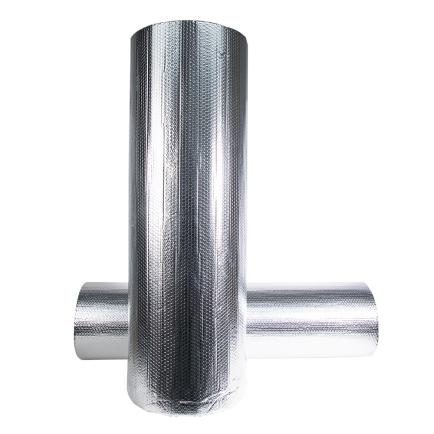
3. Temperature
An increase in temperature will accelerate the thermal motion of molecules, promoting heat transfer in the solid skeleton and convective heat transfer in the pores. If the material contains moisture, the temperature gradient will form a vapor pressure gradient, causing water vapor to migrate from the high-temperature side to the low-temperature side. Under certain conditions, water vapor may condense on the low-temperature side, and the formed liquid water will migrate from the low-temperature side to the high-temperature side under the action of capillary pressure. This cycle, similar to the enhanced heat transfer effect of a heat pipe, makes the apparent thermal conductivity of the material significantly increase.
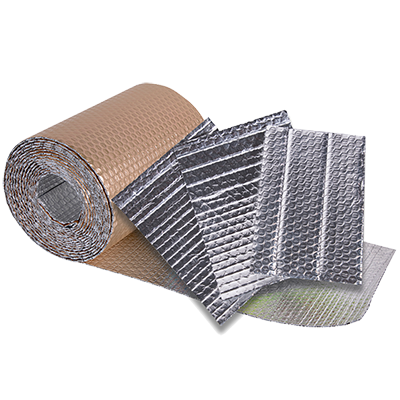
4. Density
Density (or specific gravity, density) is a direct reflection of the porosity of the material. Since the thermal conductivity of gases is the lowest, increasing porosity or reducing density will reduce the thermal conductivity. Common insulation materials include: calcium silicate insulation material with a density of 140-270Kg/m³, rock wool density of 30-200kg/m³, and foam glass density of 160-220kg/m³. The new nano-bubble insulation material has a weight of only 250 grams per square meter for a single-layer bubble, with a porosity of 90%.

5. Pore Size
Under the same porosity conditions, the larger the pore size, the greater the thermal conductivity; the thermal conductivity of closed pores is usually lower than that of interconnected pores. The internal pores of the nano-bubble insulation material are all between 50-80nm.
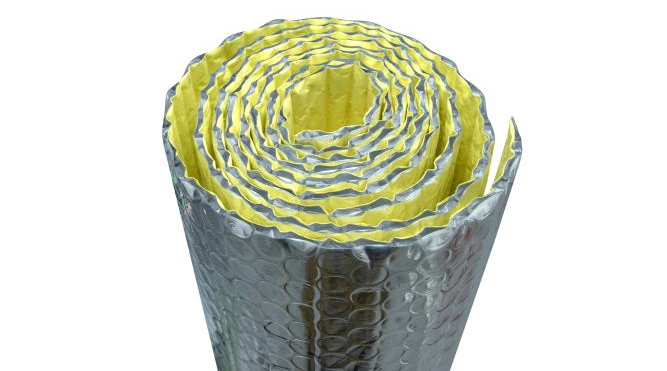
III. How to Choose the Right Insulation Material Based on Thermal Conductivity
5. Clarify the Use Scenario: For outdoor scenes such as steam pipelines, building exterior walls, roofs, etc., waterproof insulation materials should be selected to prevent an increase in thermal conductivity due to moisture. Star insulation material uses double-sided aluminum foil, with excellent barrier performance, and is moisture-proof and thermal insulation.
6. Compare Thermal Conductivity: Choosing materials with lower thermal conductivity usually means better insulation performance. The thermal conductivity of Star insulation material is only 0.032-0.036 W/m.K, with a thermal resistance coefficient of 0.156 (M2.K)/W and a reflectivity of 97%.
7. Consider Construction and Maintenance: Choosing insulation materials that are easy to construct and have low maintenance costs can help reduce overall costs and improve project efficiency. Star insulation material weighs only between 250-500q per square meter, which is light and easy to install; and it is non-shedding, non-toxic, and odorless, not causing any damage to the body of the construction workers.
8. Consider Cost-effectiveness: When choosing insulation materials, it is necessary to consider the cost-effectiveness comprehensively to ensure that the selected materials can meet the insulation requirements and have a reasonable price. Star insulation material has been tested in pipeline insulation pilot projects in many places across the country, and it can achieve the following effects for long-distance heat pipeline insulation:
① The temperature difference of the transportation pipeline: combined with the special technology of the long-distance heat network, the temperature drop per kilometer changes from 15-20℃/km to 3-5℃/km.
② The pressure difference of the transportation pipeline: combined with the special technology of the long-distance heat network, the pressure per kilometer changes from 0.06-0.1MPA/Km to 0.01-0.03MPA/Km.
③ High efficiency: Excellent thermal conductivity, which can increase the efficiency of the heat network by more than 5%, even up to 97%.
④ Investment saving: Can save more than 5% of the network investment.
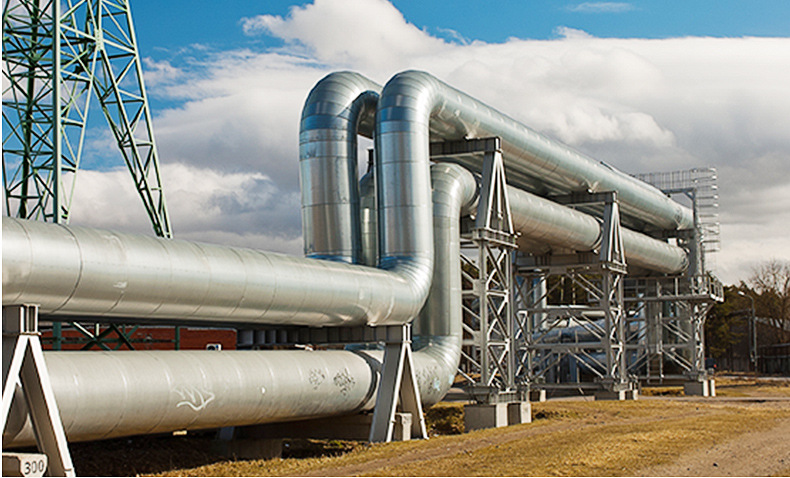
XCGS, with its in-depth research and innovation in the field of insulation materials, has developed a new type of insulation material that won the national invention patent in 2009. It is a major technological breakthrough and transformation in the field of domestic energy-saving insulation materials, making a significant contribution to China's energy conservation, emission reduction, and sustainable development.
Looking to the future, with the increasing awareness of environmental protection and the rapid development of science and technology, the insulation material industry will usher in a broader development space. Star Group will continue to adhere to the concept of innovation and environmental protection, continuously promote the development of the insulation material field, and contribute more to the sustainable development of the Earth. Let us work together to create a better future!



















































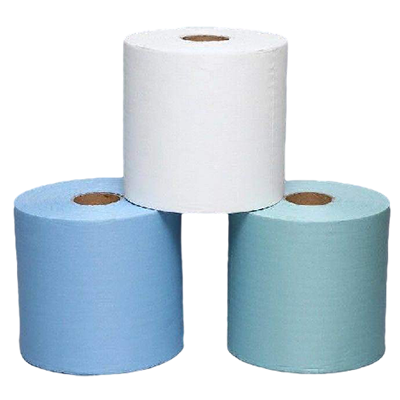



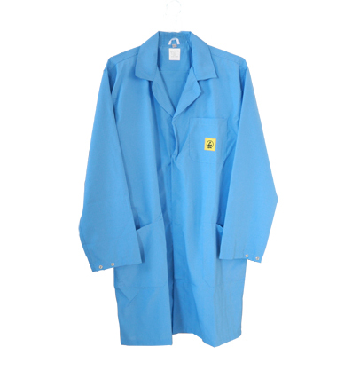
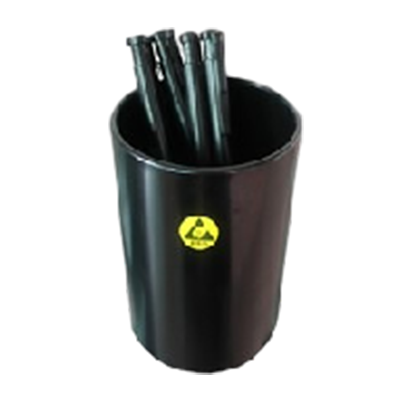


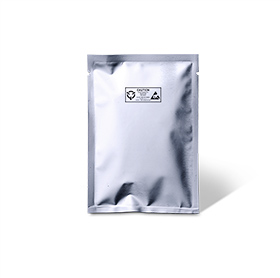
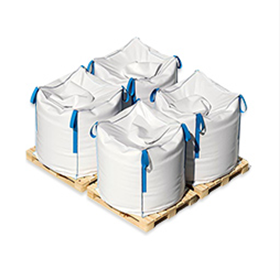










































 18915559236
18915559236 xcbxa@xcgs.com
xcbxa@xcgs.com